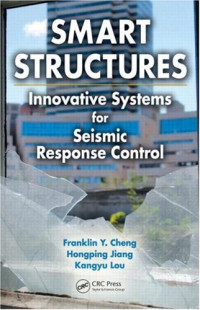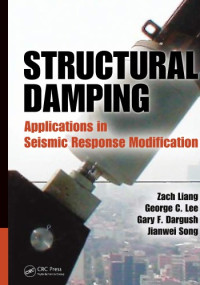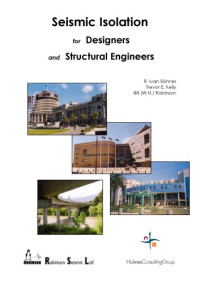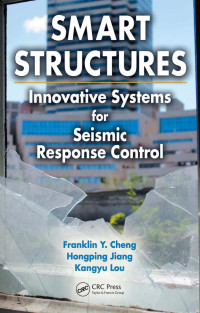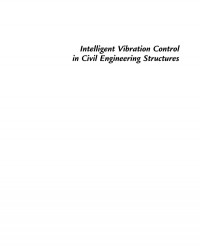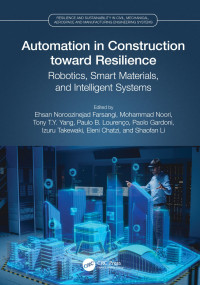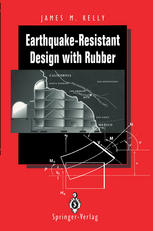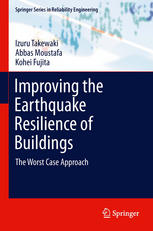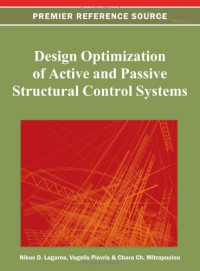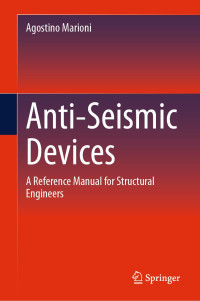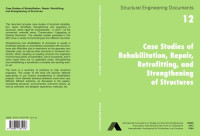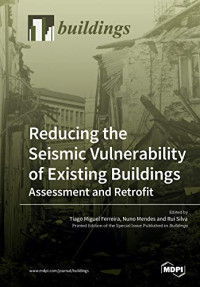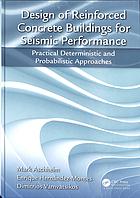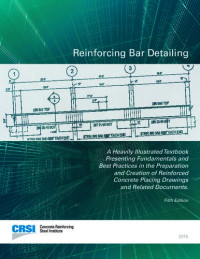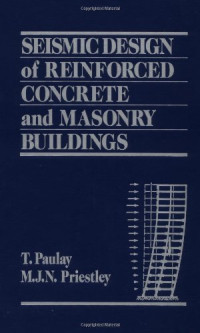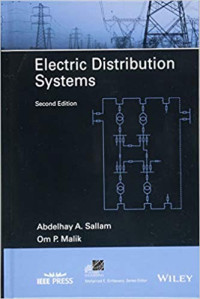
Smart Structures: Innovative Systems for Seismic Response Control
Franklin Y. Cheng, Hongping Jiang, Kangyu Lou
An innovative concept, smart structural systems have proven to be extremely effective in absorbing damaging energy and/or counteracting potentially devastating force, thus limiting structural collapse and subsequent injury. As this technology rapidly evolves, there is an ever-increasing need for an authoritative reference that will allow those in the field to stay abreast of the very latest advances. Smart Structures: Innovative Systems for Seismic Response organizes current research and technology to provide researchers and practicing engineers, as well as advanced students, with the means to learn about and apply the very latest smart structure innovations. Key features include― Complete mathematical formulations and numerical procedures for topics presented New technologies Design guidelines and examples based on current official codes Consideration of smart structures on a variety of foundations Discussion of the use of smart structures with passive or semi-active devices Extensive references Designed for self-teaching, the text emphasizes essential information on structural formulations, mechanism of control systems, and numerical algorithms. It also provides step-by-step numerical examples to illustrate mathematical formulations and interpret physical representations, enabling readers to understand the forumulae vis-à-vis their applications. Each chapter comprehensively explores a specific topic, from smart structure systems currently in use, to case studies utilizing simulated earthquake data.
Categories:
Year:
2008
Publisher:
CRC Press
Language:
english
Pages:
672
ISBN 10:
0849385326
File:
PDF, 6.09 MB
IPFS:
,
english, 2008
 Amazon
Amazon  Barnes & Noble
Barnes & Noble  Bookshop.org
Bookshop.org  File converter
File converter More search results
More search results More benefits
More benefits 